Do you know how important it is to check and care for your vehicle’s tires? Do you know that a well-maintained and properly inflated tire will save you fuel?
We’ll look at the two key factors behind tire maintenance and then the most common breakdowns, then we’ll decipher the jargon noted on your whels and the benefits of spare tire with an easy repair kit.
You’ll see how to prepare yourself to drive on snowy roads. And finally, a speed chart and load chart to make your wheels last longer.
Car tire maintenance is based on two factors.
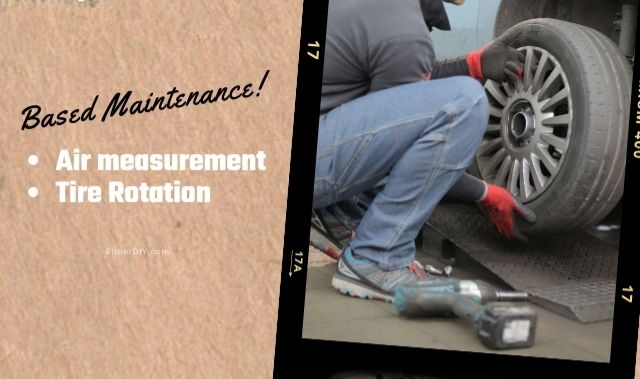
Air Measurement
Due to slow air leaks, changes in ambient temperature, or other conditions, tire pressure will occasionally need to be checked and adjusted using compressed air, if you don’t have an air compressor, take advantage of a free one often available at gas stations. With what tool will you know that if you run out of air in the tires?
You can find simple, pencil-thin gauges that can be temporarily attached to the valve stem to check the internal air pressure of a tire.
This tire pressure check should be done at least once a month. Accurate readings can only be obtained when the tires are “cold”, i.e. early in the morning.
The recommended tire pressure is listed in the owner’s manual and on the tire placard located on the side of the driver’s door.
Tire Rotation
There is a way to reduce natural tire wear. Rotating tires reduces wear on the front tires, especially on front-wheel drive vehicles, which wear faster than the rear tires.
To overcome this problem, routine maintenance includes tire rotation. This involves periodically swapping front and rear tires to promote even tire wear.
The primary reason for tire replacement is friction from moving contact with road surfaces, which causes tread wear on the outer perimeter of the tires.
Common Tire Failure
Punctured tire
Sometimes a tire has a hole or leak through which the air inside escapes, resulting in a flat tire.
This condition must be repaired before the car can be driven safely but, do not remove the object that punctured the tire if you cannot replace the wheel or repair it to avoid losing too much air in the wheel.
Tire Wear Problems
- Completely worn tread especially when the wear of the outer rubber exposes the reinforcing threads on the inside, the tire is said to be bald and should be replaced as soon as possible. Sometimes tires with worn tread are retreaded.
What is a retread?
It is an extra layer of rubber with grooves glued to the outer perimeter of the worn tire. Because this bonding can sometimes come off, new tires are preferable to retreads.
-
Center Tread Wear This wear is caused by too much tension on the tire sidewalls. It is caused by overinflation or an oversized tire. This means: The tire is oversized in relation to the rim size. This type of wear is caused by under-inflation of the tire, or overloading of the vehicle.
-
Increasing wear from edge to edge without burrs: Excessive camber or counter camber, sagging suspension, deformed stub axle or axle deformation can cause this type of wear.
-
Increasing edge-to-edge wear with burrs: This wear pattern is caused by poor alignment.
If the burrs are noticeable by pulling the hand outward, there is a pinch. Outward. If the burrs are noticeable by pushing the hand inward, there is an opening.
How does a tire wear naturally?
When the tread depth becomes too shallow (less than 0.125 inch/3.2 mm), know that the tire is worn and needs to be replaced. The same rim can usually be used for the life of the car.
Under-inflation
Underinflation of tires can lead to premature and uneven tire wear, excessive fuel consumption, and an increased risk of explosive failure (blowout), especially after prolonged high-speed, high-temperature operation.
Overall, these factors reduce the life of a tire by up to 20%. For this reason, many vehicles today are equipped with tire pressure monitoring systems.
Older cars are usually equipped with indirect monitoring systems, while newer cars are usually equipped with direct monitoring systems through the TPRS tire pressure sensor with a sign on the dashboard.
How do you replace a tire the same way?
It is not recommended to put a new and a used wheel on the same axle, therefore, replace your tires at least of pair by respecting the alphanumeric indicators note on the side of the tire.
Decipher the information on the car tire
For example, on a tire of firestone I listed this information:
Firestone ©F
precision touring
P195/65R15 | 89T M+S
TUBELESS RADIAL
DOT : W2C6 R3D
MAX LOAD 580 kg (1279 lbs)
AT 300 kpc 44psi MAX PRESS
AO8L
436T8 EX BN47755-1
MADE IN U.S.A
PLIES : TREAD 1 POLYESTER + 2 STEEL SIDEWALL 1 POLYESTER
SAFETY WARNING :
SERIOUS INJURY MAY RESULT FROM :
Tire failure due to underinflation / overloading or other causes– .
Exposition of tire / Rim assembly due to improper mounting– .
Only specially trained persons should mount tires
See tire vehicle manual and vehicle placard
Never exceed 40 psi (275 kpa) to seat beads– .
Meaning of numbers and letters on the tires ?
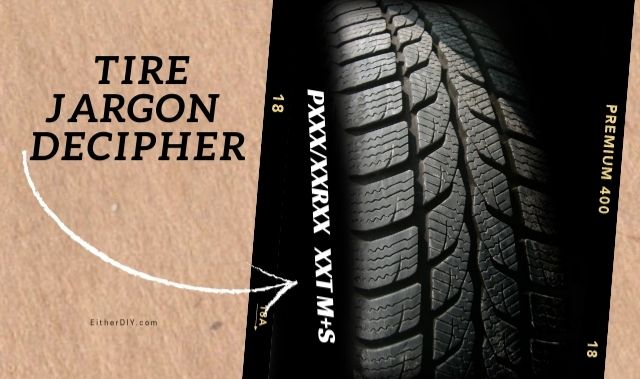
As you just saw above, you’ll find plenty of information on your tires. But the most important to decipher and remember is the one that allows you to replace the wheel.
In the example I noted above, it is: P195/65R15 | 89T M+S
P= Passenger
195= Width (in millimeter)
65= Aspect Ratio (High/Width)
R= Structure Construction (R= radial)
15= Rim Diameter (in inches)
89= Load Index
T= Speed Rating
M+S= Driving Conditions(M= mud + S= Snow)
How to find a difficult tire size?
It can happen that even if you have this information, you can’t find a compatible wheel. Because of the country you are in or because of a different nomenclature.
If the information on the sidewall has been erased or illegible. And you don’t have a tire chart or manufacturer’s manual, you can consult the website tiresize to calculate the tire that will suit you. However, before replacing it, you can use your spare tire.
Spare Tires Information
Vehicles usually carry a spare tire, already mounted on a rim, to be used in case of a flat or blowout. Spare tires, sometimes called “donuts” on modern cars, are smaller than regular tires to save trunk space, weight and cost. It should not be used to drive very far before being replaced with a full-size tire.
Tire Repair Kit
Some vehicle models use conventional size spare tires. Jacks and a wrench are available for emergency replacement of a flat tire with a spare. Hand or foot pumps for the vehicle owner to fill a tire with air are not included, but are available separately. For your safety, it is wise to have pressurized air cans in the trunk of the car. Do you know what they are?
Pressurized air cans
Pressurized air cans can sometimes be purchased separately for convenient emergency filling of a flat tire.
For example, the tire sealant
This is a tire sealant. It is a fibrous liquid and coats the inside of your tire (or tube).
How does it work?
When the tire is punctured, the escaping air carries the sealant to the puncture. There are sealants for tubeless tires and sealants for tube tires.
Check the bottle before you buy.
Tire safety
The tread, sidewall and air pressure of the tire are the most important things to watch for. Whether you’re a driver or an owner, make sure you use your tires properly and take care of them.
Factors that can cause tires to wear out faster include hard braking and fast cornering.
Leaving black marks with the tires on the road is not beneficial. That’s why it’s highly recommended to check tire pressure at least once a month.
How to prepare your tires for driving on snow and ice?
Winter tires do not perform as well as snow chains in deep snow. It is better to have tire chains.
Another great feature of chains,
You can easily install and uninstall them yourself! Tire chains are coatings on the wheels of a vehicle that provide better traction when they are stuck in the snow.
They help grip the road, allowing the wheels to turn freely without spinning.
On which pair of wheels to place the chain
For front wheel drive cars, chains should be placed on the front tires.
For rear wheel drive vehicles, the chains should be placed on the rear wheels.
For a four-wheel drive or all-wheel drive vehicle, place the chains on the front tires for better traction.
Ideally, put chains on all four tires on many vehicles. Using four tire chains will give you the best possible traction and balance.
Car chains should only be used if there is a layer of snow or ice on the road. Using chains on bare pavement can cause significant damage to your tires and the road itself.
What is the safe driving speed with chain tires?
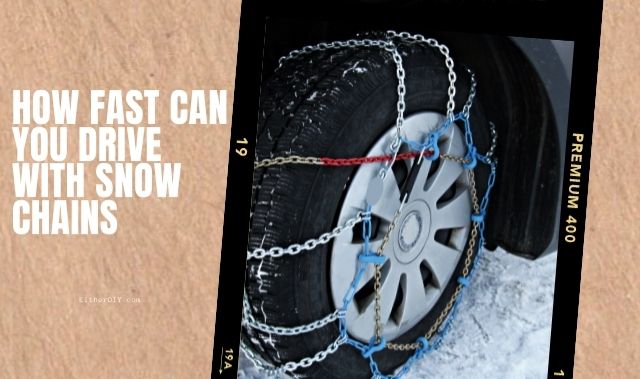
Drive too fast and your life is at risk. The maximum speeds recommended in the chain owner’s manual are 30 to 50 km/h (20 to 30 mph).
Should you drive with chained tires even after snow?
Driving on dry roads with chains can cause the vehicle to slip when braking. Drivers use tire chains when necessary to prevent sliding and skidding. Four-wheeled vehicles should carry traction devices in areas where chains are controlled. In snowy areas, traction devices or chains are required for all vehicles and there are no exceptions. If you don’t have one yet, buy one for yourself. it will be worth the expense.
From $40 to $100, you will find chains to suit your taste.
Inspired by this small list of 10 tire chains
-
konig snow chains
-
Alternative to Autostock tires
-
Nyo snow chain
-
Ease 2U snow chain
-
Treadready Emergency tire strips
-
Matcc snow chain pull
-
Mafiter snow chain
-
Buyplus snow chain
-
Kozart snow chain
-
Soyond snow chain
How to put chains on tires | Put a chain on a traction tire
How to make your wheels last longer
As you have just learned in this article, proper air pressure in your vehicle’s tires allows your vehicle to operate in the most efficient manner possible.
When an object such as a screw or nail punctures a tire, it creates a small leak in the tire. This causes the tire to become under-inflated.
An underinflated tire creates a contact that is going to be more and more important with the ground and heats from the inside with the ground because of the friction of the compressed rubber mass. 🔥 This heat compromises the internal structure of the tire, which can lead to a blowout💣.
When a tire is overinflated, its tread wears out faster, and it is more likely to catch nails or screws in the tire.
Using a tire load and speed prescribed on your wheels
Did you know that by using the precribed speed and load information on your wheels, they will wear out less quickly and reduce the risk of breakdowns such as bursting and so on…
Tire speed rating chart

Tire load index chart
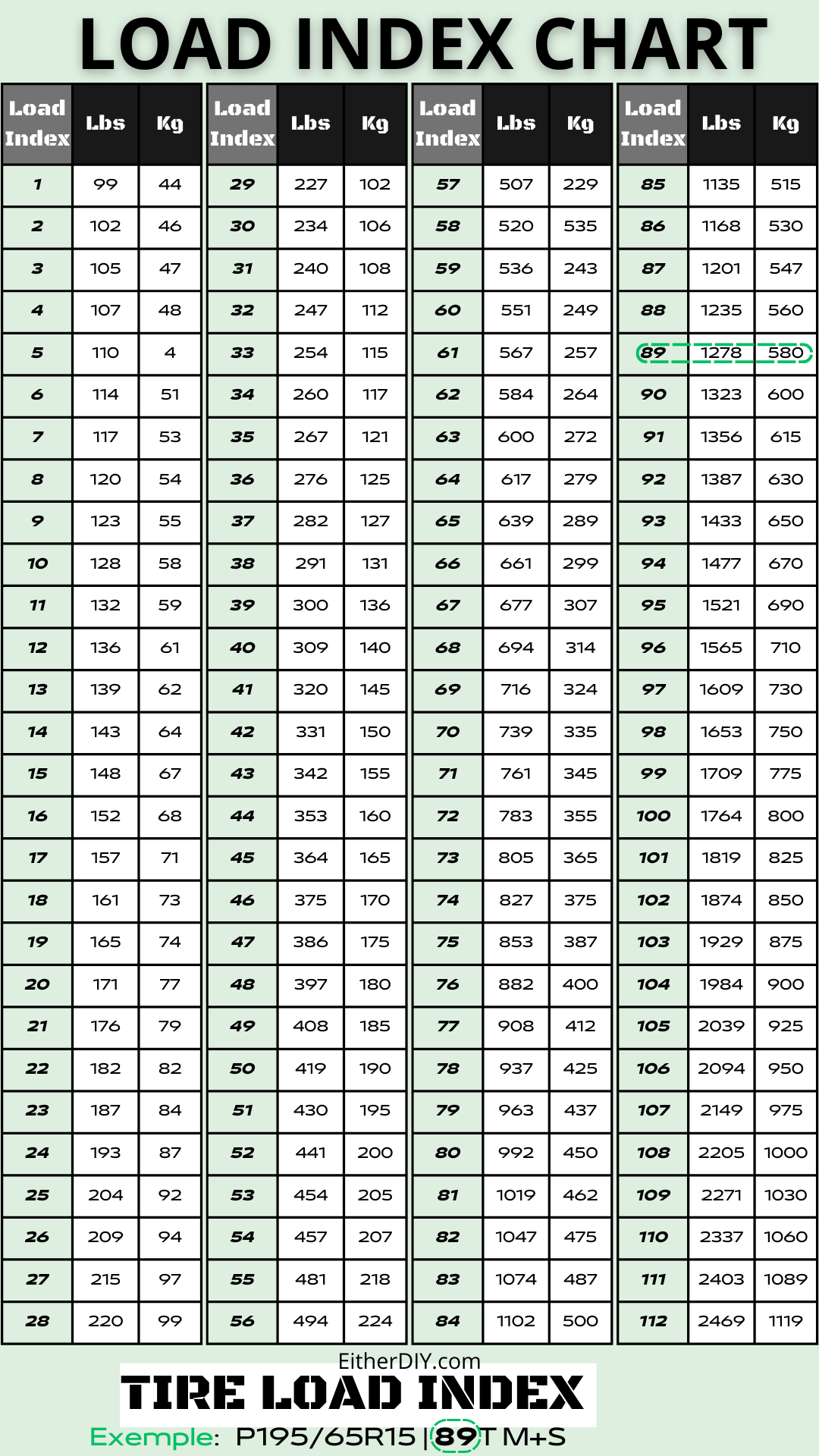
The best way to maintain a tire is to check its air pressure, as this reduces the risk of potential problems with your tire. Increase the life of your tires by using your brakes properly. Follow the rules of the road by chaining your wheels together on snowy roads and prescribed speed and load specification on your tire.
Good repair guys!
See Also
-

Power Steering Rack and Pinion Removal Procedure on Rav4 2002 -

Brake Pads Replacement Service -

Car Alternator Repair: know Symptoms and Kow to Fix -
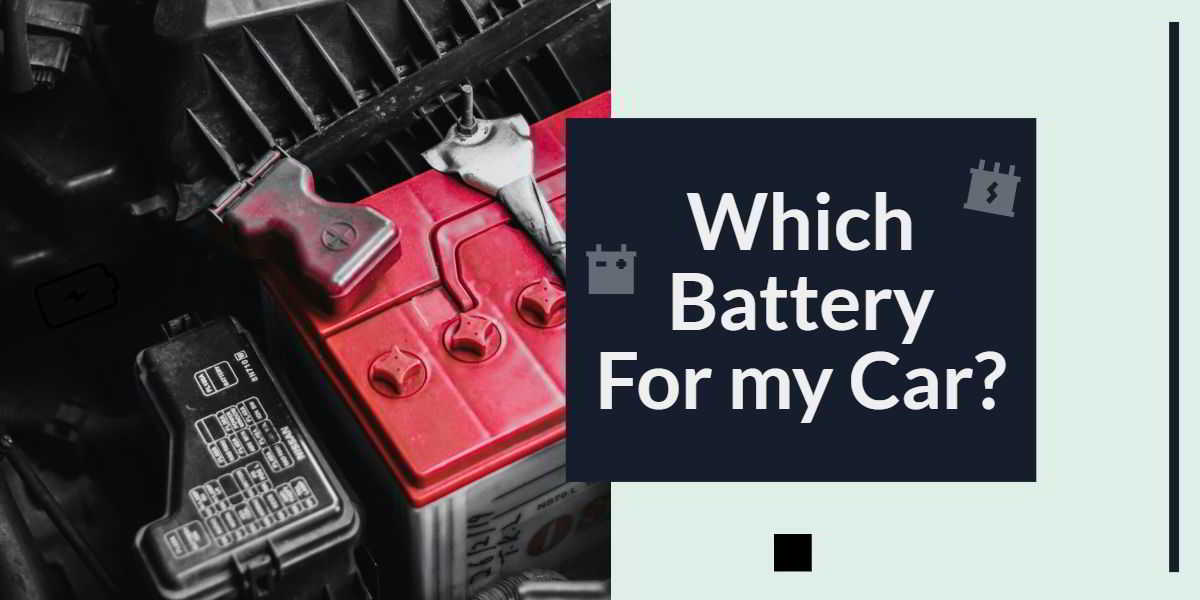
What is the Best Car Battery to Buy? -
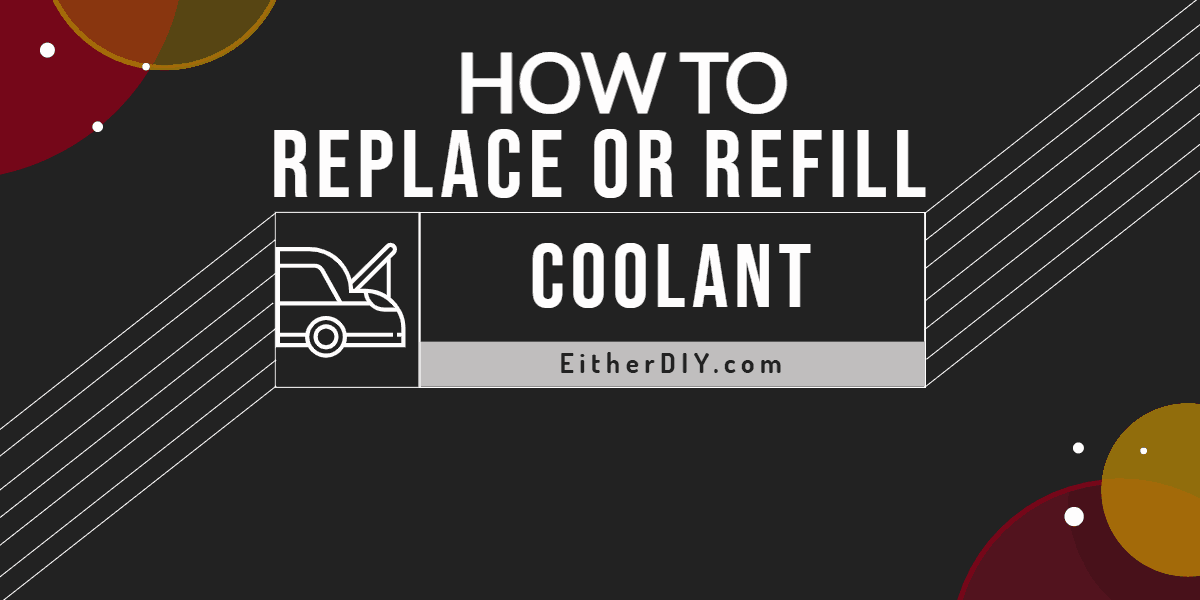
How to Replace Coolant -
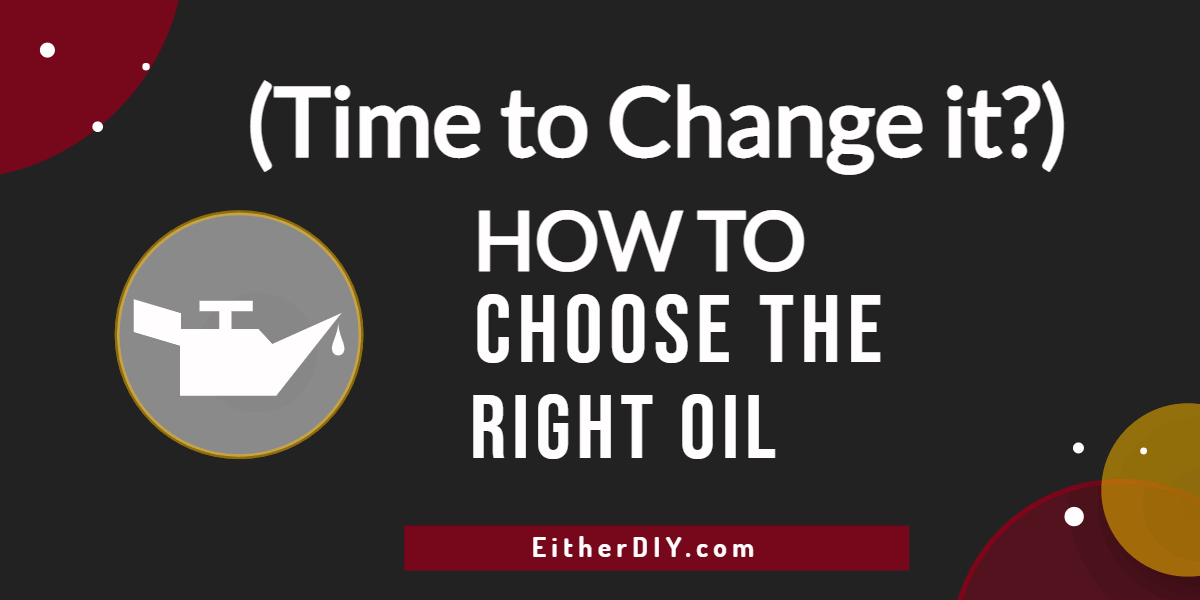
How to Choose the Right Oil Before Changing your Oil? -
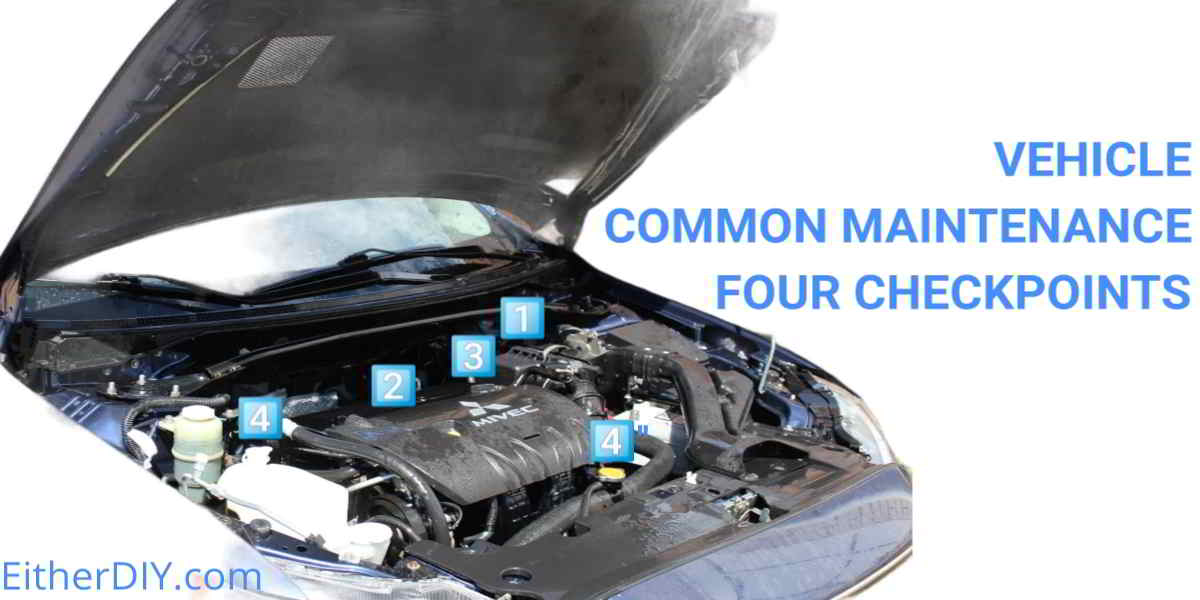
Regular Maintenance of the Vehicle -
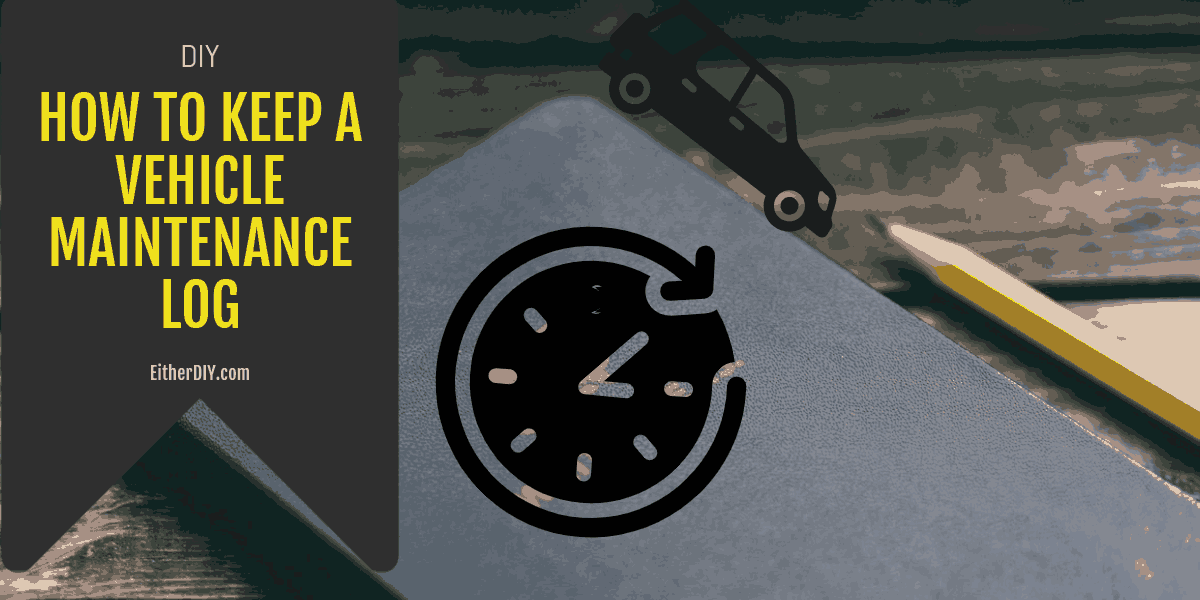
How To Keep a Vehicle Maintenance Log?